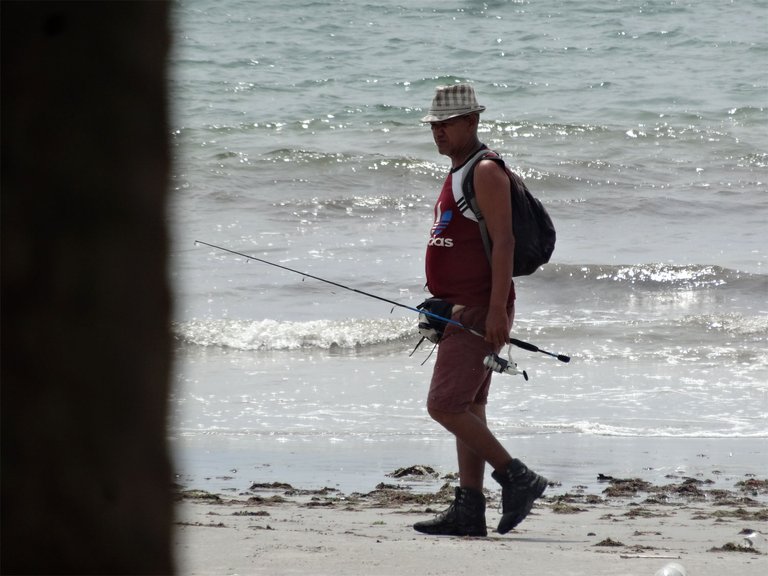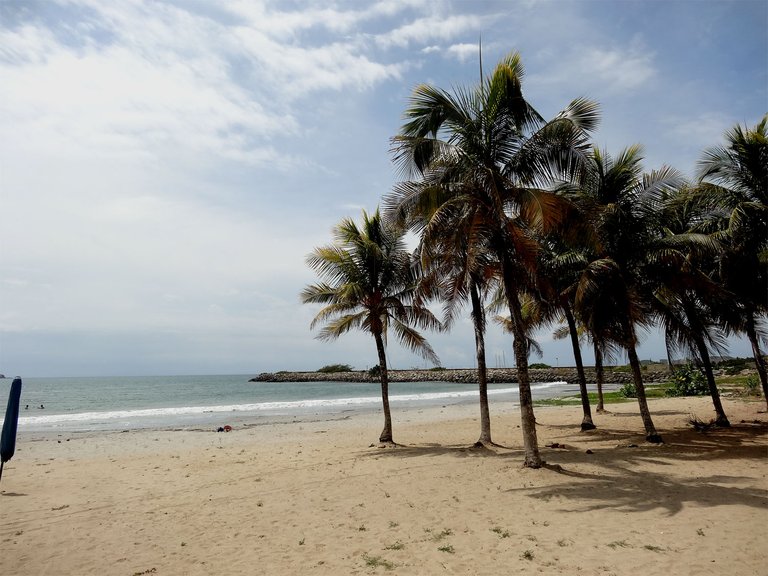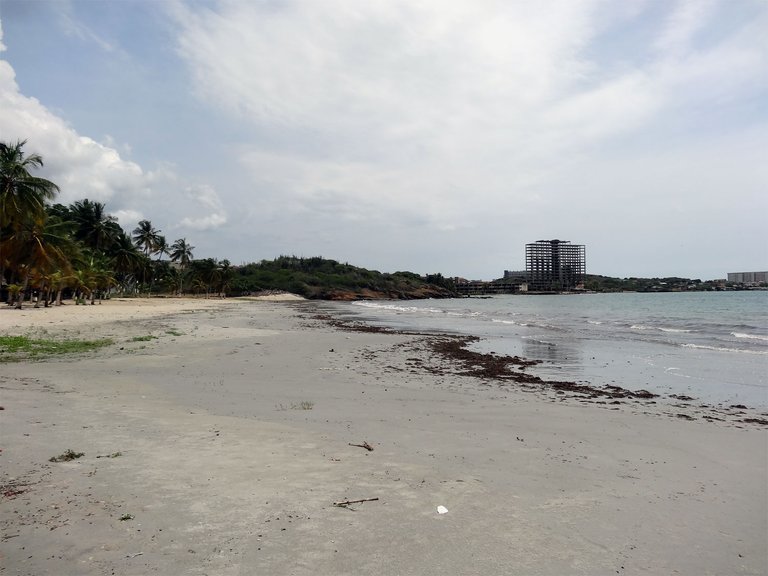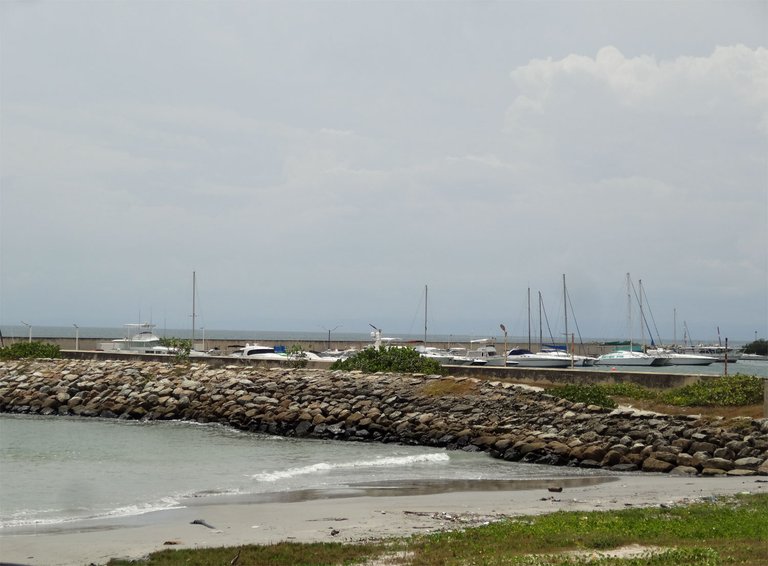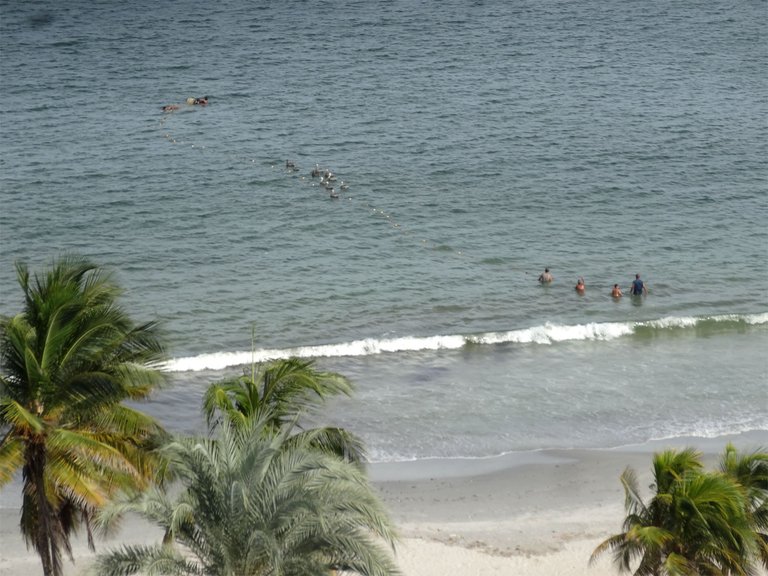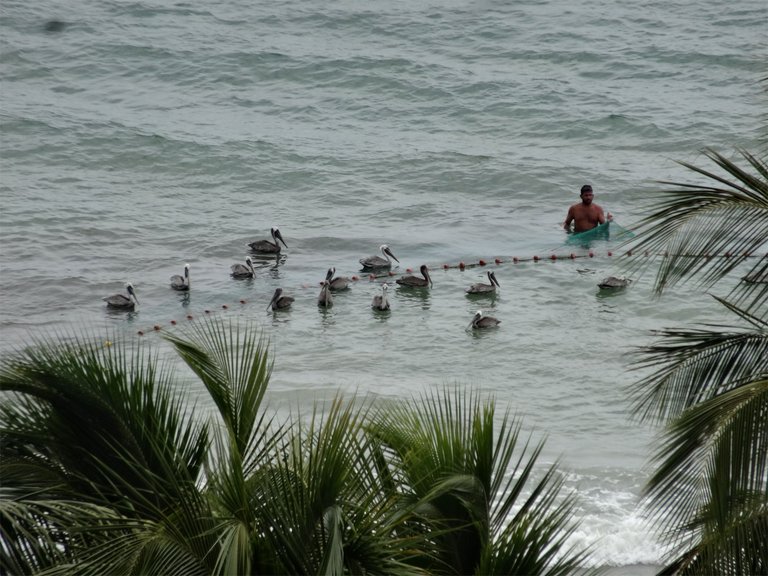It was six in the morning and the sun's rays announced a beautiful day on the beach of the Venetur hotel, in the paradisiacal of Margarita Island, Venezuela.
That marine environment caressed my eyes every day for a week. From that balcony I got to know something of the life of those local fishermen who start fishing early in the morning to ensure food for their families or money for the prey they catch.
On one side of the beach there is a small pier framed with stones. In that place the water is rich in nutrients and sargassum, planktonic macroalgae of greenish, ocher and blackish color that float on the surface of the sea because they contain small spaces of gas.
As a result, waves and ocean currents toss them out of the water onto the sand or coastal reef. When they are abundant, they give an unattractive appearance for bathers to want to go into the sea.
However, the part farther away from the pier, reflects a better face, being the most crowded by people who want to spend a moment of leisure. The sand is whiter, the water is cleaner, and with those beautiful coconut trees giving away their shade, they give the area that Caribbean magic that captivates any tourist; not so the hardened fishermen.
They go fishing in the area near the pier where the water is sometimes cloudy due to sediment removal.
In short, an area where more nutrients are concentrated, inviting crustaceans and fish to this underwater delicacy.
Every day, a conglomerate of sailors, including children, carry the weight of rolls of nets on their shoulders. They enter the water, without neoprene suits to protect them from the cold and the wounds caused by the coelenterates, to deploy the nets in a circular arrangement, which they then close. Thus, reducing the diameter, they enclose the fish that were in that perimeter.
It is a job that lasts for hours, in which the physical effort and energy expenditure are evident, but in the end, they always return home with a successful catch.
When they concentrate their nets, the scene becomes something better than an action and survival movie. Fish, struggling to stay in their environment and not lose their lives, leap out of the water. Others manage to get out of the confines of the net with full tension. Meanwhile, the children are in charge of catching them in the air.
For fishermen, this titanic daily ritual is usual, but for me it was a scene that reflects the harsh reality of nature where we live. Where always some more cunning and rascals, know how to take advantage of the sacrifice of others.

Maybe you didn't see it in the photo above, but now you will know who were the most rascals to take advantage of this action.
Let the bipedal humanoids get to work with their nets. Us pelicans, we've always got a guaranteed meal.

Once the pelicans had satiated their stomachs, and the humans had gathered their fish and fishing gear to return to their homes, the beach remained calm, as if nothing had happened.
In the distance and as a faithful spectator, is one of the most emblematic symbols of Porlamar, the Farallon de Pampatar, also known as Isla Blanca or Roca de los Pájaros.
This large rocky promontory is not only a place visited by tourists every year, but it stands as an old sentinel, witness of the life that is breathed in these places, of its fishermen and even of the mischievous pelicans.
Thanks to those who read me.

Text divider. Free use from @eve66
Text and photos by Andrés Brunet
@abrunet
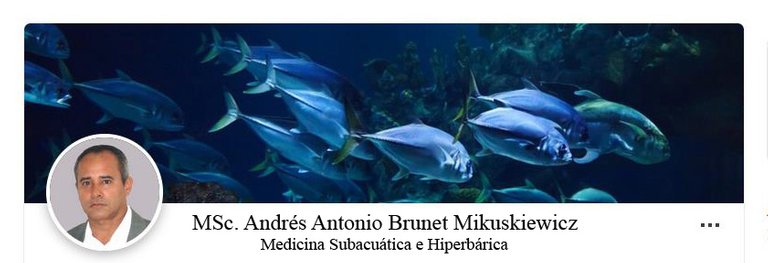
Thank you for reading
Welcome your comments
Infinite greetings!
